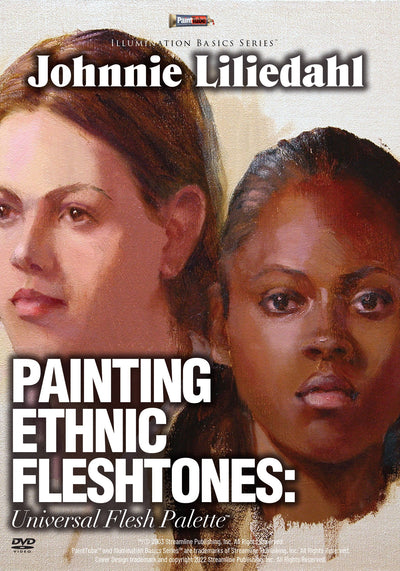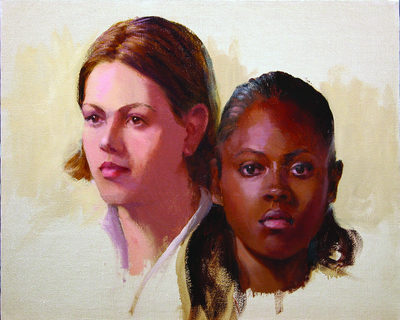Your Cart is Empty
FREE U.S. DOMESTIC SHIPPING
FREE U.S. DOMESTIC SHIPPING


$66.97 
While the palette choices of colors to include is important, the concept of color temperature and value is far more critical to capturing the specific coloring of an individual. Johnnie has chosen two models with very different skin colors and values to show you that BOTH can be painted from the same array of fleshtone mixtures, even though they appear to be unrelated by complexion.
Throughout this video, Johnnie offers tips and suggestions to capturing any portrait likeness with facility and truth to the model's unique features. Enrich your own knowledge of portrait painting by learning how simple it can be to switch from one skin type to another.
In Painting Ethnic Faces, Remember These Important Points: